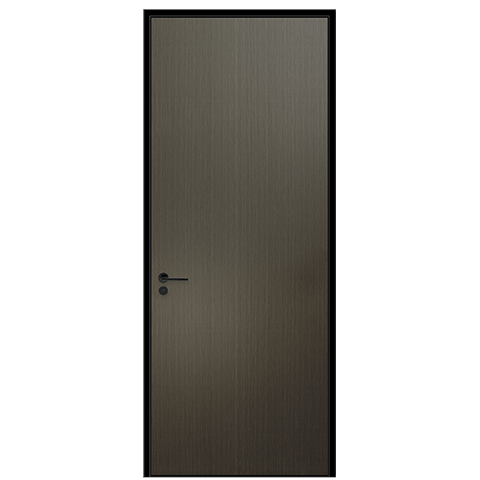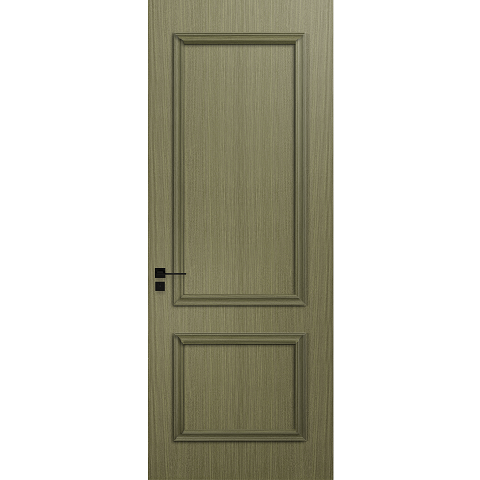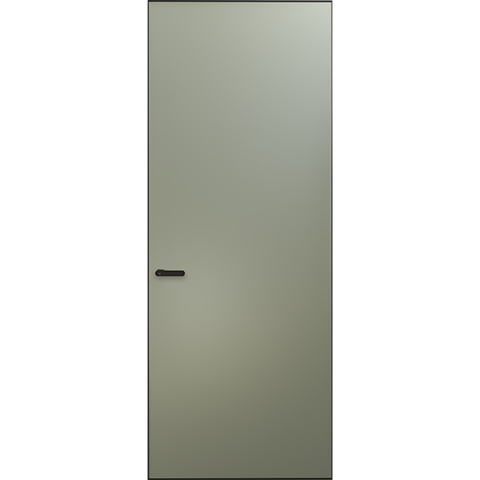Study on Static and Dynamic Strength of UPVC Profile
UPVC (Unplasticized Polyvinyl Chloride) profiles are widely used in the construction industry for doors, windows, and other building applications. One of the important factors in choosing UPVC profiles is their strength, both static and dynamic. In this article, we will discuss the static and dynamic strength of UPVC profiles and their importance in the construction industry.
Static Strength of UPVC Profile
Static strength refers to the ability of UPVC profiles to withstand external loads or forces without breaking or deforming. The static strength of UPVC profiles is determined by various factors such as the thickness of the profile, the shape of the profile, and the type of reinforcement used.
The thickness of the profile plays a crucial role in determining its static strength. Thicker profiles are generally stronger and can withstand higher external loads. The shape of the profile is also an important factor. Profiles with a more complex shape may have weaker points that can lead to deformation or breakage under stress.
Reinforcement is another important factor that affects the static strength of UPVC profiles. Reinforcement can be in the form of steel, aluminum, or fiberglass. The type of reinforcement used depends on the application and the level of strength required. For example, steel reinforcement is typically used in high-load applications such as commercial buildings.
Dynamic Strength of UPVC Profile
Dynamic strength refers to the ability of UPVC profiles to withstand repetitive or cyclic loads without breaking or deforming. Dynamic loads can be caused by wind, vibration, or other external factors.
The dynamic strength of UPVC profiles is determined by their fatigue resistance. Fatigue resistance refers to the ability of a material to withstand repetitive loading without developing cracks or other types of damage. The fatigue resistance of UPVC profiles depends on various factors such as the type of reinforcement used, the thickness of the profile, and the frequency and magnitude of the loading.
In general, profiles with thicker walls and high-quality reinforcement have better fatigue resistance and can withstand higher cyclic loads. The frequency and magnitude of the loading also play a crucial role. High-frequency and high-magnitude loads can cause fatigue failure even in high-strength profiles.
Importance in the Construction Industry
The static and dynamic strength of UPVC profiles is crucial in the construction industry. Buildings are subjected to various types of external loads such as wind, snow, and earthquake. The doors and windows of a building are particularly vulnerable to these loads and must be able to withstand them to ensure the safety of the occupants.
UPVC profiles are widely used in the construction industry due to their high strength-to-weight ratio, low maintenance requirements, and excellent thermal insulation properties. However, their strength must be carefully considered when choosing the right profile for a specific application.
In addition, the dynamic strength of UPVC profiles is also important in the construction industry. Buildings are also subjected to dynamic loads such as wind and vibration. UPVC profiles with good fatigue resistance can withstand these loads without developing cracks or other types of damage.
Conclusion
In conclusion, the static and dynamic strength of UPVC profiles are crucial factors in the construction industry. The strength of UPVC profiles depends on various factors such as the thickness of the profile, the shape of the profile, and the type of reinforcement used. The static strength of UPVC profiles is important in ensuring the safety of the occupants of a building, while the dynamic strength is important in withstanding cyclic loads such as wind and vibration. Careful consideration must be given to the strength of UPVC profiles when choosing the right profile for a specific application.
 Hot Recommendation
Hot Recommendation
 Latest Products
Latest Products



